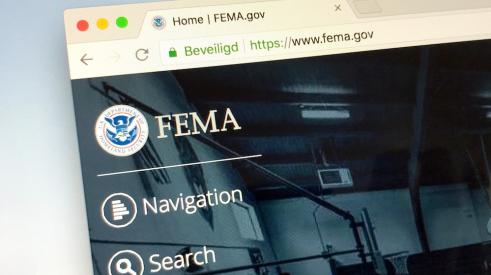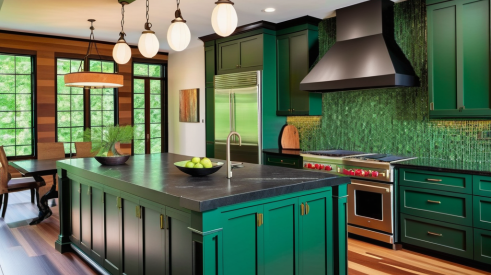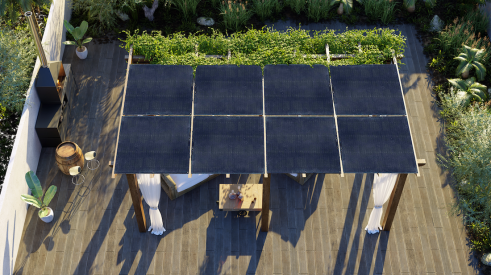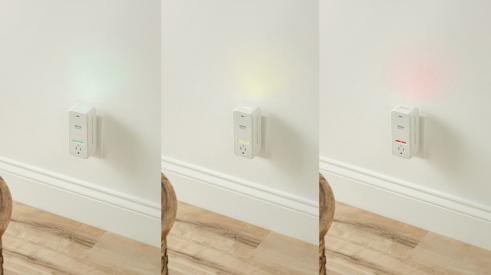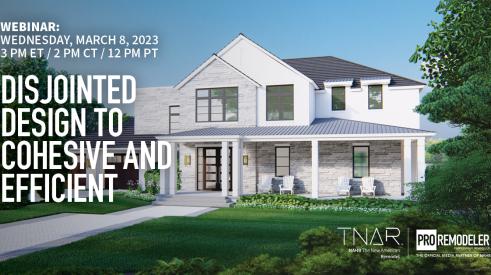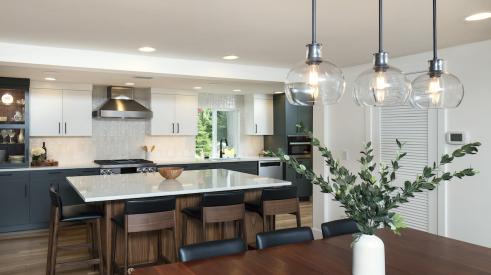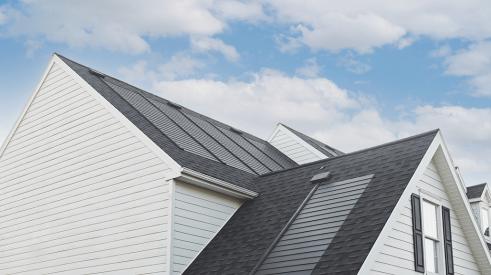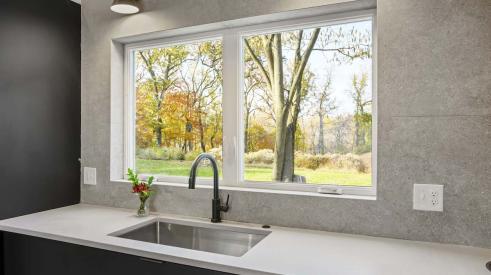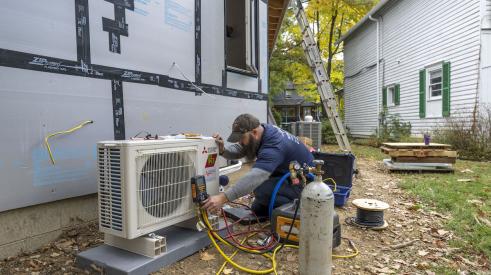More remodelers and consumers are buying into the sustainability trend than in past years, but there’s also still a healthy amount of skepticism about “green” remodeling.
That’s according to our third Professional Remodeler survey on green remodeling challenges and opportunities. We’ve surveyed remodelers in 2007, 2008 and most recently in December 2009 and January 2010.
Most remodelers believe that environmental goals are more important to their clients today than they were five years ago: 72 percent agree with that, although only 16 percent say they are “much more important.”
Remodelers’ own attitudes have also changed over the last few years. In our most recent survey, 48 percent of remodelers said that green features help them sell projects. That’s up from 2007, when barely a third of remodelers said that green improved their sales.
There are still significant challenges to implementing green remodeling, according to most respondents, but remodelers see fewer roadblocks to sustainability than they did in the past.
The top challenge, according to 31 percent of remodelers, is that homeowners are not willing to pay a premium for green features. A quarter of all remodelers said that the additional costs of green are the top challenge. In fact, 78 percent said that the No. 1 challenge was either the increased costs, lack of consumer demand and the unwillingness of homeowners to pay more for green.
Thirty percent of remodelers said that homeowners are not willing to pay any premium at all and only 15 percent said they would pay more than an additional 5 percent to get green features.
Still, that means 70 percent of remodelers said their clients would pay at least a little more for green remodeling — a drastic increase from the 22 percent who said that in 2007.
Almost every respondent — 95 percent — said it costs more to incorporate green features into the average remodeling project. That’s actually higher than the 91 percent who agreed in 2007, although remodelers say that increased cost is lower than it was just a few years ago. At that time, 73 percent of remodelers said it added more than 5 percent to the price of the average project, compared with 41 percent in our most recent study.
Other issues cited by remodelers as the top barrier to green remodeling:
- Insufficient return on investment (10 percent)
- Too complicated (5 percent)
- Availability of green materials/systems (3 percent)
- Reliability of vendors (2 percent)
- Performance of green materials/systems (2 percent)
Remodelers are implementing a wide variety of green remodeling features and practices in their projects (see chart opposite page). More than 90 percent of remodelers reported installing energy-efficient windows and appliances, high-efficiency HVAC and enhanced insulation in at least some of their projects. Those four areas were also the top ones in 2008. Most remodelers’ use of all of the products and practices we asked about are virtually unchanged since 2008, with few exceptions.
While remodelers’ green practices are basically unchanged over the last few years, one area that has changed drastically is how green should be defined.
More than 90 percent of remodelers (up from 79 percent in 2007 and 75 percent in 2008) agree that someone needs to set standards that define green, but there is still widespread disagreement over who that someone should be.
“That requires a convoluted response as government is unable, while others in the past have proved to be biased in one way or another,” said one remodeler. And another: “No one has the expertise without being biased by their own ax to grind.”
Since we first asked the question, the opinions have shifted from favoring the government to third-party organizations.
|
Higher costs, lack of consumer demand top remodelers' concerns, according to Professional Remodeler research
Add new comment
Related Stories
Working Toward Affordable, Resilient Homes
A new natural disaster protection act from NAHB aims to support hazard mitigation projects
Client Design Choices in the Time of Social Media and AI
Social media speeds up the trend cycles, and now artificially created images are falling into homeowners' hands
Indoor Air Quality Gets Smart
A home's air quality can now be cloud connected and fully automated with this innovative product
Webinar: From Disjointed Design to Cohesive and Efficient—The New American Remodel 2023
Access the recording for the first The New American Remodel webinar held on March 8 at 2 pm CT
5 Standout Energy-Efficient Products Spotted at IBS 2023
See what this green remodeler recommends from the show floor
Innovative Products: GAF Energy Timberline Solar Shingles
GAF Energy’s latest innovation has taken the solar world by storm
Detailed Design: Benefits of Biophilism
See the details our Model ReModel contractors chose to infuse nature into their ADU
Heat Pumps Now Required in Washington New Construction
Washington is the second state to require heat pumps in an effort to electrify homes




